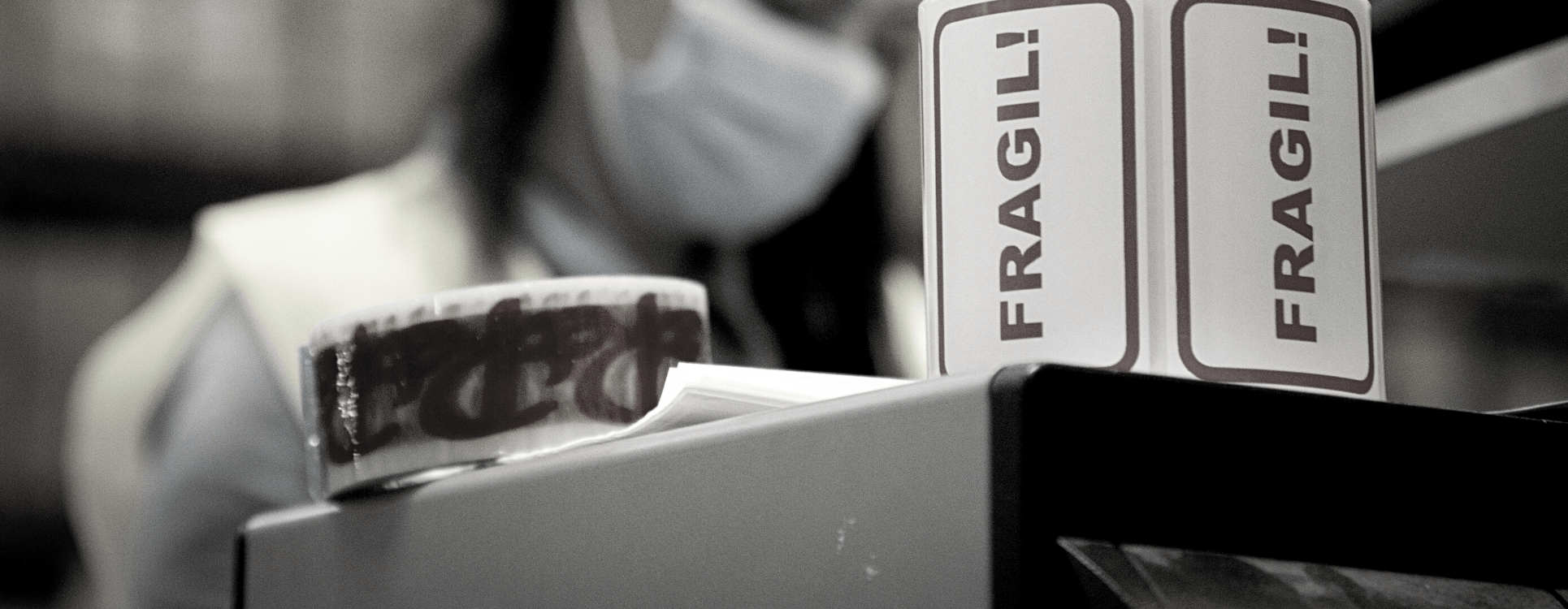Even before reading this article, you have most likely placed an order online or were contacted by a courier company. It is no secret that online shopping is rapidly expanding, as is the entire e-commerce industry.
Delivery and fulfillment are the most direct ways for e-commerce businesses to interact and connect with their customers. Packaging is also one of the most underappreciated aspects of marketing tools. Just as with product packaging, the buyer is interested in the outer “coat” and the variety of options for packaging or transporting orders online. As a result, the manner in which the products are presented is a marketing and sales tool.
In their daily activities, online shoppers are dealing with what it means to receive or pick up ordered products. One of the primary goals of online stores is to provide their customers with a pleasant shopping experience. As a result, when it comes to the form in which the products are delivered, the packaging is always much more than a simple covering that protects the products, more than a carton or a box. So, the challenges for those in the e-commerce industry are proportional too. Recently, there has been an increase in the demand for creative packaging solutions to deal with problems that may arise during delivery or throughout the logistics process.
Customers’ perceptions of an online product can be divided into three categories: functional (product utility), sensorial (how a buyer feels when he holds the product), and emotional (how the purchase of that product changes a buyer’s mood). The same holds true for packaging. The functional aspect is important because it keeps the products safe, but the other two dimensions make the difference between becoming a recurring customer and abandoning that online store.
As a result, the packaging and delivery of your online store merchandise can have a significant impact on your business, as it can lead to lower returns while also increasing customer loyalty. There are various types of product packaging – when deciding which one to use, you should keep in mind that the most important factor to consider is the shipping container. What it means is tht, depending on the size of the delivered goods, they can be placed in a box, a plastic bag, or a poly mailer. The most affordable packaging options are white or brown cardboard – they are practical and do their job well, but they do not always create a positive first impression.
- Use sustainable packaging
If your competitors use simple standard, brown, unbranded boxes with no custom features, you must look for a differentiating factor to position yourself where you want on the market.
We all know how important sustainability is for any business, so to emphasize it, you can choose alternative biodegradable packaging solutions that use fiber from the filament of mushrooms or coconut. This way, you will have boxes that are not harmful to the environment. If you want to avoid using plastic courier envelopes, compostable envelopes made of corn are also an option. These packages are ideal for transporting smaller, flat or delicate items such as jewelry, handcrafts, books, or small electronic devices. You can add extra protection by using recyclable paper or bubble wrap, though the latter is a less environmentally friendly packaging option.
- Insert personalized stickers and messages
Stickers have always been a simple and effective way to boost branding; they are also versatile and reasonably priced. If you use tissue paper for packaging, you can easily put a sticker with your brand on the packaging. They can also be a good and less expensive way to replace the standard branding on the outside of the box. In this regard, you can include a few extra stickers as well as a short note thanking customers for their order. And, because we’re talking about personalization, handwritten messages or those with a brand-specific design are perceived as authentic by customers, who understand that there are real people behind every business.
- Distribute promotional materials to your customers
If you want to maintain a constant connection between your brand and your customers, promotional items are a useful tool that encourages them to pay attention to the services and products you offer. Promotional materials should include a relevant message as well as graphics that are compatible with the brand. Customers “feel” the brand’s voice through all of these communication methods, even if they are not physically in the store to shop. These materials are also a pleasant surprise, especially if they include a voucher for the next order. By doing so, you will thank the customers for the current order, while also encouraging them to consider placing another one in the future or, why not, to distribute your message to acquaintances and even pass it on to others.
- Put a smile on your customers’ faces
The things we get unexpectedly and for free are often the ones that make us the happiest. So, based on the customer’s purchase history, you can include a sample from a new product category or give another product similar to the ones ordered as a gift. Ideally, this tactic is intended for future products that your online store’s buyer might be interested in. Aside from getting an instant smile from the person who receives the order, you will be able to build a loyalty relationship between the customer and your brand.Remember, shoppers are delighted every time they open an order, but they are excited even more when they discover they have received something more than they asked for.
Instead of a conclusion, we recommend that you consider a small re-evaluation of how you package and deliver products. Take into account how much you currently spend, the store’s return policy, the average order size, and the profit margins. Try to evaluate all of these aspects and determine which ones you can improve in order to provide a better experience with a lasting impact for your customers.


